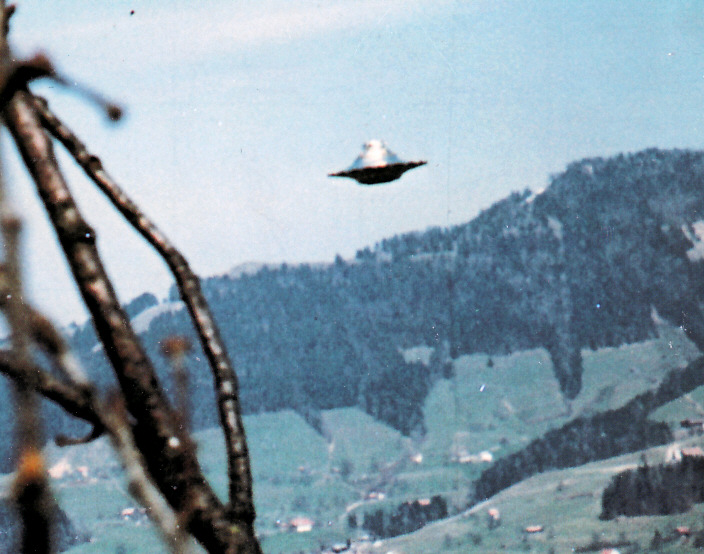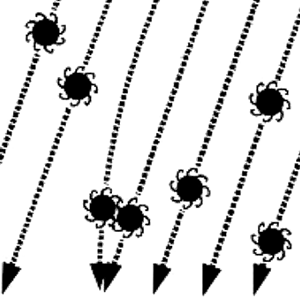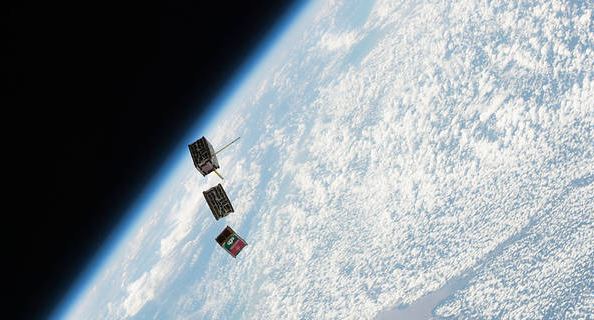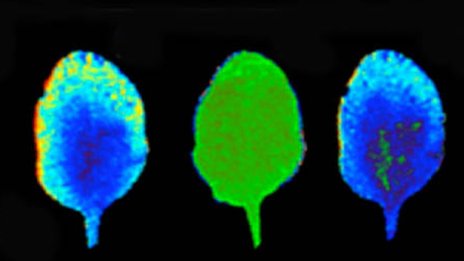Our radar, this past week, was relatively quiet.
At least the sound and fury of the Grusch Affair is already diminishing, though dismissals and apologia continue to pop up….
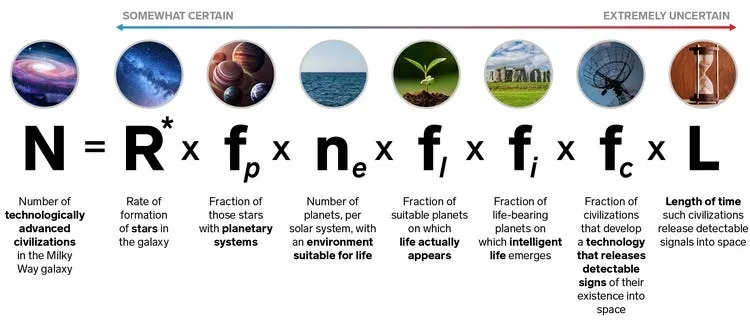
A share of a substack article on the Search for Extraterrestrial Life (SETI) served to spin a short discussion thread over at the UFO Updates Facebook Page. Jim Geshke’s is a garden variety survey of the Fermi Paradox (that, given the immensity of the cosmos life should be plentiful, but we have yet to detect any sign of it). What engaged me was the article’s catchline, that great, unexamined premise, “Intelligent life almost certainly exists elsewhere in the universe…”.
Geshke presents the stereotypical argument, that
Plenary numbers would seem to make the probability a near certainty. British rock star physicist Brian Cox recently estimated there are 2 trillion galaxies in the observable universe. Those galaxies contain 200 sextillion stars…To calculate the estimated number of planets just add about nine more zeroes. Those numbers are incomprehensible [sic]. Common sense stacks the odds overwhelmingly in E.T.’s favor.
At least Geschke is canny enough to add, in the same breath, that “as physicists and cosmologists will testify, common sense doesn’t really apply to the Universe.” The Drake Equation is brought in, which, again, is admitted only tentatively, as “Drake [had only] strung together a series of educated guesses.” Finally, the article considers the Rare Earth Hypothesis, that life’s arising is a very complex affair, so complex, it may have only occurred on earth. These caveats suggest that “Intelligent life does not necessarily exist elsewhere in the universe.”
That the catchline repeats an idea more complex than is often grasped, readers here will understand; the very idea of “intelligent life” is densely packed. Once I’d communicated those complexities, and after I cleared up the distinction between criticism (probing an argument’s soundness or validity) and critique (revealing a position’s limits, assumptions, and their implications), my interlocutor raised a pertinent question: What are the consequences of scrutinizing that catchline’s claim?
On the one hand, a scrutiny of the idea reveals that SETI, anyway, as a search for technosignatures, is a search for ourselves, and not even “ourselves”, but that culture represented by the SETI researchers themselves, namely that of the world’s so-called “advanced” (“First World”) societies. The anthropocentricism at work here is also ontotheological, i.e., in one regard, arguably, guided by a number of possible metaphysical presuppositions, one of which, the Great Chain of Being, which places humankind at the apex of life on earth, is Abrahamically theological, rooted in the myth that God created Man in His own image. Said ontotheological anthropocentrism blinds those possessed by it to the “intelligence” and, therefore, the value of all the other forms of life on earth, which are reduced to raw materials, mere means to human ends, with glaring, disturbing consequences. And, of course, aside from these strictly cultural determinations, searching for “ourselves” also naturalizes and universalizes the haphazard natural and cultural sequence of events that led to the possiblity of SETI in the first place, i.e., it is “ideological.”
However much these considerations (the heart of the work here at the Skunkworks) do not touch on the truth or validity of thoughts about extraterrestrial, intelligent life, they do have “scientific,” methodological value. I have essayed the thought that even The Drake Equation is guided by the cultural, ideological prejudices outlined above. What values we input into its variables, if not some of the variables themselves, are less than strictly “scientific.” Admittedly, the matter is more complex, but the question stands. Moreover, it’s been proposed that the tests for life carried out by the two Viking landers in the mid 1970s may have in fact killed organisms the test had not considered. Astrobiology and SETI, then, need rethink and recalibrate just what they are looking for….
What journalist Chris Wiley goes looking for in his New Yorker article “The Enticing Mysteries of U.F.O. Photography” is “high-quality photographic proof” of the reality of UFOs. His article is a brief review of the most famous UFO photos. He consults Leslie Kean, who dishes up the famous photo of a Black Triangle taken during the Belgian Wave of ’89-’90 (“The shooter came forward in 2011 and said that he had hoaxed it”), another taken during the Hudson Valley wave of the mid-eighties (“Nobody’s been able to locate and interview the police officer who actually took it”), and the famous Trindade Island photo from 1958, which Kean cannot finally vouch for, either. In the course of his search, Wiley is shown, too, the pair of pictures taken in 1950 in McMinnville, Oregon, by farmer Paul Trent, and the no-less notorious Costa Rica Lake Cote aerial survey photograph from 1971. Finally, the Calvine photo, recently released by David Clarke, is presented for inspection, and Wiley ends with a nod to Billy Meier’s famous pictures and the iconic poster on Fox Mulder’s office wall.
Despite Wiley’s coming up empty handed, what’s touched on here is profound, the epistemic status of the photograph as proof. In the earliest days of the medium, its authority was invoked to prove the reality of psychic phenomena, namely those of the séance, levitations and ectoplasmic manifestations. It was precisely this aura of authority that George Adamski later played on with his famous photos, which he offered as proof of his sightings and, by extension, contacts with Venusians. But even when photos are indistinct or questionable, they invite the amenable viewer to believe. As Mark Pilkington remarks, the Costa Rica Lake Cote photo, for example, is “a classic example of seeing what you want to see—which is the key to the whole U.F.O. story.” Thus, UFO photographs grant insight as much into the psyche of the viewer as provide evidence of advanced earthly aeronautic technology let alone extraterrestrial visitiation.
Indeed, the authoritative aura of the photograph has evaporated in recent years, first, with the advent of CGI, (as film make James Fox tells Wiley, “if you see a photograph of an object with clearly defined edges, it’s probably a fake”), and all the more with, as Wiley writes, “forecasts of an A.I.-fuelled disinformation apocalypse.” But once UFO photos, among so much else, become simulacra with a vengeance (copies without an original), then they can appear in a new light, merely as pictures. Anyone who sat in the darkened theatre and witnessed the spectacle of Close Encounter of the Third Kind (especially at an impressionable age) surely came away impressed by the sheer aesthesis of the phenomenon, its colours, its movement, its sounds, and grandeur. Gazing at UFO photos-as-simulacra with an art historical eye, one might be persuaded one is viewing a kind of Outsider or Folk art (such as that by Charles A. A. Dellschau), perhaps a new genre of religious depiction. Indeed, the aesthetic dimenson of UFO photographs (and related representations) has been appreciated for some time. For example, Barry Blinderman and Bill Conger curated The UFO Show at the University Galleries of Illinois State University in 2000, and art historian John F. Moffitt published a tome studying just this aspect of the phenomenon in 2003, Picturing Extraterrestrials: Alien Images in Modern Mass Culture. Nor is Diana Walsh Pasulka the first to note the religious dimension of such artistic inspiration and devotion….


